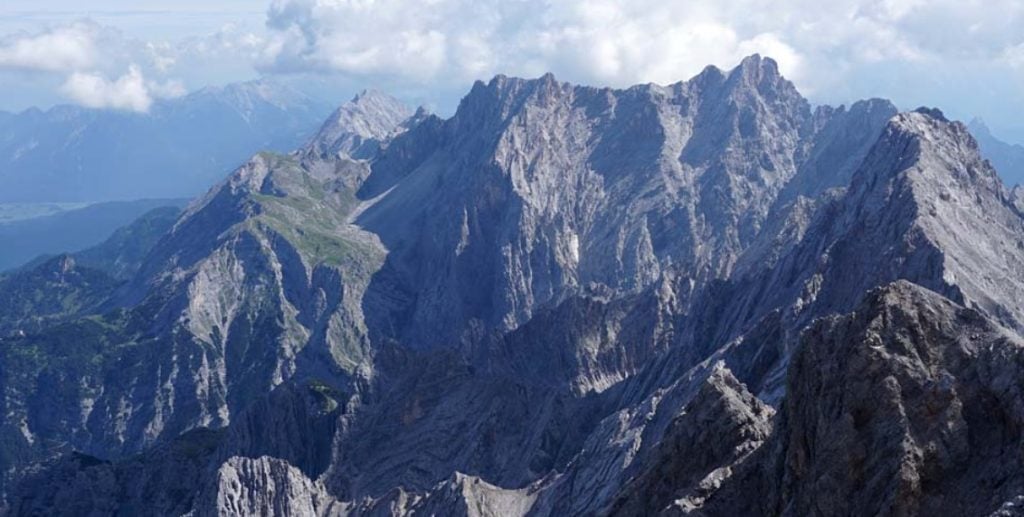Exploring the Majesty of Germany’s Hochwanner Mountain
Hochwanner Mountain is a prominent peak situated in the Wetterstein mountain range in southern Germany. With an elevation of 2,746 meters (9,009 feet), it stands as the second-highest mountain in the country, surpassed only by Zugspitze. Comprising a mix of limestone and dolomite, the mountain is known for its steep slopes and rugged terrain, providing an appealing challenge for climbers and outdoor enthusiasts.
What is the second highest mountain in Germany?
The second-highest mountain in Germany is Hochwanner. It is part of the Wetterstein mountain range and stands at an elevation of 2,746 meters (9,009 feet) above sea level. The highest mountain in Germany is Zugspitze, which is located in the same mountain range and reaches an elevation of 2,962 meters (9,718 feet).
Where is Mount Hochwanner?
Mount Hochwanner is located in the Wetterstein mountain range, which is situated in southern Germany. Specifically, it is in the Bavarian Alps near the border between Germany and Austria. The Wetterstein mountain range is known for its rugged terrain and stunning alpine landscapes, making it a popular destination for outdoor enthusiasts and climbers. Hochwanner is the second-highest mountain in Germany, surpassed only by Zugspitze, and it offers breathtaking views of the surrounding region.
How to Go to Mount Hochwanner?
How Many Meters is The Height of Hochwanner?
The elevation of Hochwanner, the second-highest mountain in Germany, is approximately 2,746 meters (9,009 feet) above sea level.
- Hiking:
- Explore the hiking trails around Mount Hochwanner to experience the stunning alpine landscapes. There are various routes catering to different skill levels.
- Mountaineering:
- For more experienced climbers, consider mountaineering to reach the summit of Hochwanner. Be sure to use proper equipment and, if necessary, hire a guide.
- Scenic Views:
- Enjoy breathtaking panoramic views of the surrounding Bavarian Alps from the summit. The landscape includes valleys, other peaks, and the picturesque beauty of the Wetterstein mountain range.
- Photography:
- Capture the natural beauty of the region. Hochwanner provides fantastic opportunities for landscape and nature photography.
- Wildlife Watching:
- Observe the local wildlife adapted to the alpine environment. Keep an eye out for birds, marmots, and other mountain-dwelling species.
- Nature Appreciation:
- Take in the tranquility of the mountain environment. Enjoy the crisp mountain air and immerse yourself in the beauty of the flora, including alpine flowers and unique vegetation.
- Guided Tours:
- Consider joining guided tours or excursions led by local experts. They can provide insights into the geological, historical, and cultural aspects of the region.
- Winter Activities:
- Depending on the season, engage in winter sports such as snowshoeing or backcountry skiing. The alpine landscape transforms into a winter wonderland.
- Camping:
- If allowed and properly equipped, camping in the region can be a unique way to experience the mountain environment. Check local regulations and obtain any necessary permits.
- Relaxation:
- Simply take a moment to relax and enjoy the peacefulness of the mountain setting. Absorb the serenity and disconnect from the hustle and bustle of daily life.
click for Google Maps and Photos of “Exploring the Majesty of Germany’s Hochwanner Mountain”





